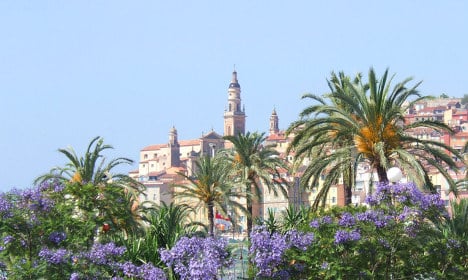She became the oldest living French person on Tuesday after the death of Grenoble resident Élisabeth Collot, who was also 113.
Rondello moved south from Britanny for work at the age of 16 and met her husband in her new home town, Menton.
There they lived until allied German and Italian forces evacuated the town during the Second World War and the pair moved to the village of Saint-Maximin-la-Sainte-Baume.
She worked until she was 73 and “never wanted for anything”, Rondello told the local Var Matin newspaper.
“At night when I can’t sleep I sometimes recall my past, my youth. We weren’t rich but we were happy, we were content with what we had,” she said.
“Today people are never happy. The more they have, the more they want.”
Workers at the care home where she lives described the 113-year-old as a smiling, vibrant woman who took a stroll in the garden every day without fail.
“She’s a very humble, modest women, who’s passionate about the news,” one member of staff told the France Bleu Provence radio station. “She reads the newspaper every day and watches the news on TV,” he added.
La nouvelle doyenne des Français, Honorine Rondello âgée de 113 ans réside dans le Var ➡ https://t.co/VyDNVM9V53 pic.twitter.com/EKKJxSrMxg
— France 3 Côte d'Azur (@F3cotedazur) September 7, 2016



 Please whitelist us to continue reading.
Please whitelist us to continue reading.